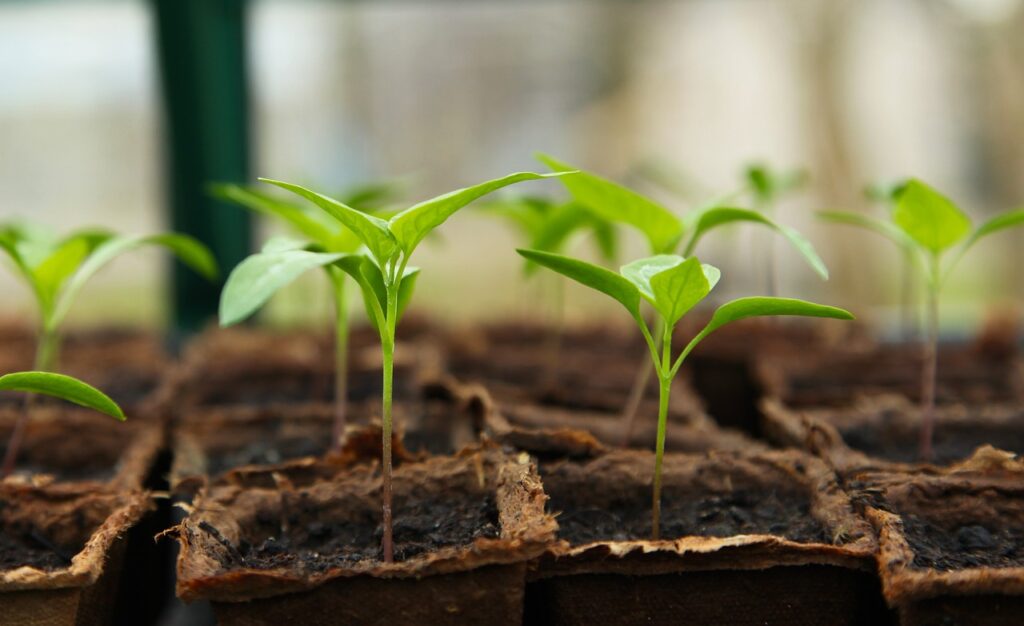If you have a passion for gardening and want to take it to the next level, building your own greenhouse is an excellent idea. A greenhouse provides an ideal environment for plants to thrive, regardless of the season. It allows you to extend your growing season, protect delicate plants, and even grow crops all year round. With some careful planning and a bit of effort, you can create a DIY greenhouse that suits your gardening needs. Here are some tips to help you get started on your year-round gardening adventure.
Location is Key
When choosing the location for your greenhouse, consider factors such as sunlight exposure, wind patterns, and accessibility. Select an area that receives ample sunlight throughout the day, as plants need at least six hours of direct sunlight for optimal growth. Additionally, ensure that the greenhouse is protected from strong winds to prevent damage. Proximity to a water source is also important for easy watering and maintenance.
Design and Materials
There are various greenhouse designs to choose from, such as lean-to, hoop house, or freestanding structures. The design you select should depend on your available space, budget, and gardening goals. Consider the materials you want to use as well, such as glass, polycarbonate, or polyethylene plastic. Each material has its advantages and disadvantages, so research their properties and choose the one that suits your needs best.
Ventilation and Temperature Control
Proper ventilation is crucial in a greenhouse to regulate temperature, humidity, and air circulation. Installing vents or windows that can be opened and closed will help you control the internal climate. Automatic vent openers are available and can be an excellent investment to maintain the optimal temperature in your greenhouse, especially when you’re not around. Additionally, consider using shade cloths or blinds to reduce excessive heat during the summer months.
Heating and Insulation
To ensure year-round gardening, you’ll need to provide heat during colder months. Electric or gas heaters are commonly used options, but you can also explore alternative heating sources like solar panels or compost heaters. Proper insulation is essential to retain heat and reduce energy costs. Insulating the walls and floor of your greenhouse using materials like bubble wrap, polystyrene, or double-layered polyethylene can help maintain a stable temperature.
Irrigation and Watering
Watering systems are essential for efficient and consistent plant growth. Installing a drip irrigation system or misting nozzles can automate the watering process and ensure plants receive the right amount of moisture. Additionally, consider incorporating a rainwater collection system to minimize water usage and make your greenhouse more sustainable.
Shelving and Organization
Utilize shelving and benches to maximize the space within your greenhouse. Sturdy shelves can hold potted plants, seedlings, or trays, while benches provide convenient workspace for transplanting and potting. Organize your plants according to their sunlight requirements, growth habits, or specific needs to maintain a well-structured and functional greenhouse.
Pest and Disease Management
Preventing and managing pests and diseases is crucial for maintaining healthy plants. Install screens or netting on windows and vents to keep insects and larger pests out. Regularly inspect your plants for signs of pests or diseases and take appropriate action promptly. Integrated pest management techniques, such as biological controls and organic pesticides, can be effective in managing pests while minimizing harm to the environment.
Plan Your Crops
Consider the types of plants you want to grow and plan your greenhouse layout accordingly. Take into account their growth habits, space requirements, and compatibility with each other. Some crops, such as leafy greens, herbs, and certain vegetables, are well-suited for year-round greenhouse gardening. Others may require additional lighting or specific environmental conditions. Research the needs of your chosen plants and design your greenhouse to accommodate them.
Building a DIY greenhouse is an exciting project that can significantly enhance your gardening experience. It offers the opportunity to grow a wide variety of plants throughout the year, experiment with different growing techniques, and even harvest fresh produce in the colder months. By considering factors like location, design, ventilation, heating, irrigation, organization, and pest management, you can create a functional and productive greenhouse that will be a source of joy and abundance for your year-round gardening endeavors.

